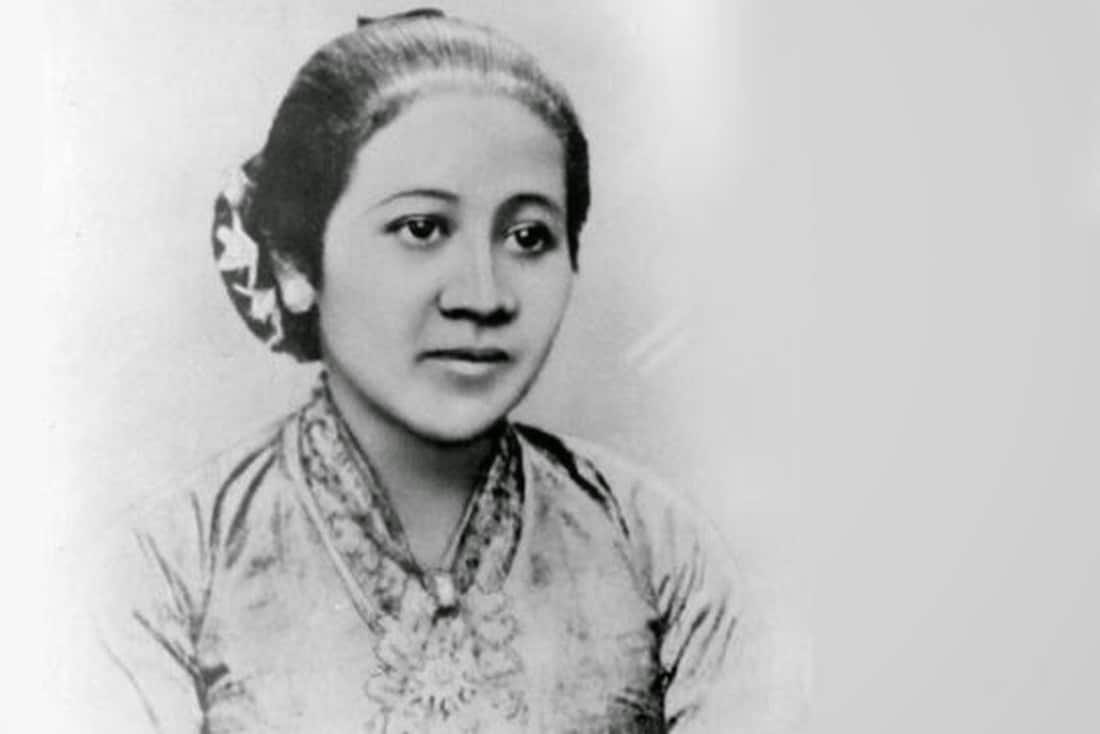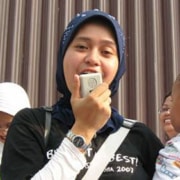
A new feature film has prompted a renewed interest in the life of national hero Kartini.
Like so many iconic figures of history, over the last century, Raden Adjeng Kartini (21 April 1879-17 September 1904) has been much mythologised, misused and misread – or should that be not read?
The creation of Kartini as a national feminist icon all began with Jacques Abendanon, the former director of colonial education, who selected and published letters Kartini had written to prominent Dutch progressive figures to support his campaign for colonial education reform. The result was Door Duisternis tot Licht (1911). An American feminist, Agnes Louise Symmers, on hearing about this remarkable Javanese woman, produced a (rather loose) English translation. The result was an international “feminist text” in 1920, ever since known by the inappropriate title, Letters of a Javanese Princess.
Two years later, the erudite North Sumatran author Armijn Pane produced the first Indonesian translation, Habis Gelap, Terbitlah Terang, for the colonial government’s “good literature” program, Balai Pustaka, and 16 years on, a definitive version for Indonesian readers. In 1939, the first Javanese translation appeared – which has since effectively disappeared – in 1940, a Japanese translation, later a French translation, followed by others.
Kartini was one of 11 children, six female and five male, born to her father’s two wives. She was the granddaughter (on her birth mother’s side) of an influential local Muslim preacher, a kyai, and had a stern, traditionalist stepmother (although later both supported their daughters’ modern ambitions). On her father’s side she was the third generation to have a western education, largely as an autodidact, as she was withdrawn from the European elementary school at age 12.
Kartini mastered Dutch and read an impressive collection of the latest European feminist and modern literary texts, as well as Dutch current affairs journals and the colonial press. Her education was comparable to, and probably in advance of, that of contemporary European young ladies from well-to-do families.
As a teenager, she spent much time with a Dutch feminist writer and wife of the local colonial official. She plunged into the public arena at 19, by participating in a landmark Dutch feminist project, the “Exhibition of Women’s Work”, in 1898. As a young woman, she often travelled with her family – by carriage and steam tram – to visit extended family in East and Central Java and to the nearby city of Semarang. Here she went shopping, had studio photos taken, attended official receptions, and at least once went to the theatre. In 1900, she travelled with her parents to the colonial capital, Batavia, to stay with the director of education, and later had dinner with the colonial governor general in Bogor.
Other than what is revealed in her surviving correspondence – about 150 letters – we have little factual historical information about Kartini. There is evidence that, as well as European correspondents, she was in regular contact with male peers at several colonial institutions of higher education, as well as with those studying in the Netherlands.
In her letters, some of which extended for tens of pages, she set out her thoughts and feelings, sometimes sentimentally, sometimes angrily, sometimes strategically. Her letters to Europeans, particularly to Stella Zeehandelaar, her pen friend in Amsterdam, reveal her familiarity with the agenda of colonial reformers as well as the anti-colonial sentiment among the Javanese nobility. She shared contemporary European criticism of traditional Islam but later firmly declared her commitment to a more modernised form of that religion, in line with the later modernist movement.
Like her father, uncle and brother, in public statements, Kartini expressed the need for and the right of the Javanese upper classes to have access to modern western education. An important difference, however, was that unlike her male family members, Kartini demanded this also for socially well-positioned women. As well as being a writer of letters, she was the author of published short stories and ethnographic articles.
While she was alive, a small group of Dutch men and women in the Netherlands and the colony expressed interest in her, if not as a person, then as a phenomenon of an “awakening Java”. They admired this Javanese woman’s aim to educate herself – but more were interested in the assistance she provided to obtain items of Jepara woodcraft.
For the small circle that had been advocating colonial reform – an “ethical policy” – Kartini’s letters appeared to reflect what they had been saying about “uplifting” Javanese society, which they asserted was socially, economically, and culturally in decline. But they are all on record as saying they were relieved when she got married. Meanwhile, as rumours spread about her in Javanese society, there was widespread criticism of this rebellious woman, and especially from her uncle, the head of the Condronegoro family, who refused to allow his own daughters to be educated.
Kartini wrote much, but was able to do very little – unlike her sisters who later were able to realise most of what they had discussed as a group before 1901. Nevertheless, it is Kartini who is remembered – and used. In 1964, President Soekarno elevated her to national hero status, the first Indonesian female national hero. During the New Order era, the Kartini image was used as a model of the ideal Indonesian woman. In contemporary Indonesia, religious interests are keen to claim her.
The historical figure of Kartini continues to command attention and generate inspiration as the story of a young woman who struggled against the odds, against political oppression and cultural traditions, in an attempt to achieve her goal of self-enlightenment and service to society. Giving this story greater emotional power is the fact that, in the end, the forces of conservatism appear to have won.
Why she submitted, in 1903, to the tradition of polygamy maintained by the Javanese ruling classes when she knew beforehand that her husband-to-be had three co-wives, remains an open question. Did she jump or was she pushed, given she had so strongly expressed her feminist convictions?
A question mark also remains in relation to her death several days after giving birth to a son. Was she poisoned by jealous co-wives, or was it an unfortunate case of maternal death (still widespread in developing countries)?
It has even been questioned whether she actually wrote the letters. In the 1920s, a correspondent to a Dutch newspaper suggested a Javanese couldn’t possibly have written such good Dutch!
These questions, however, need not detract from the inspiration she continues to provide but they may motivate a closer reading of what history has preserved for us to read.
Dr Joost Coté will speak tomorrow at a panel discussion on “The film ‘Kartini’ and Kartini as a source of historical and contemporary inspiration in Indonesia”, sponsored by the University’s Indonesia Forum. Coté was a researcher and adviser for the film, which was released in Indonesia earlier this year.
Also speaking at the panel discussion will be Dr Dina Afrianty, Dr Helen Pausacker and Hani Yulindrasari. The event will be held from 1-2:10pm at Room 553, Level 5 North Wing, Arts West, University of Melbourne. Further details are available here.





